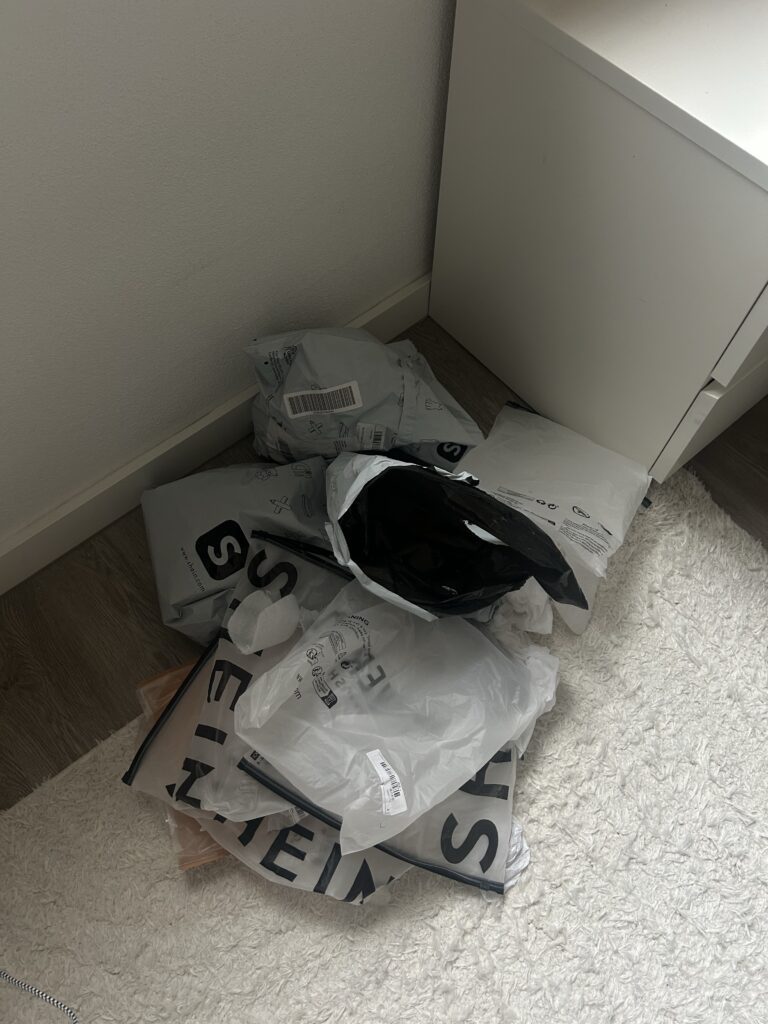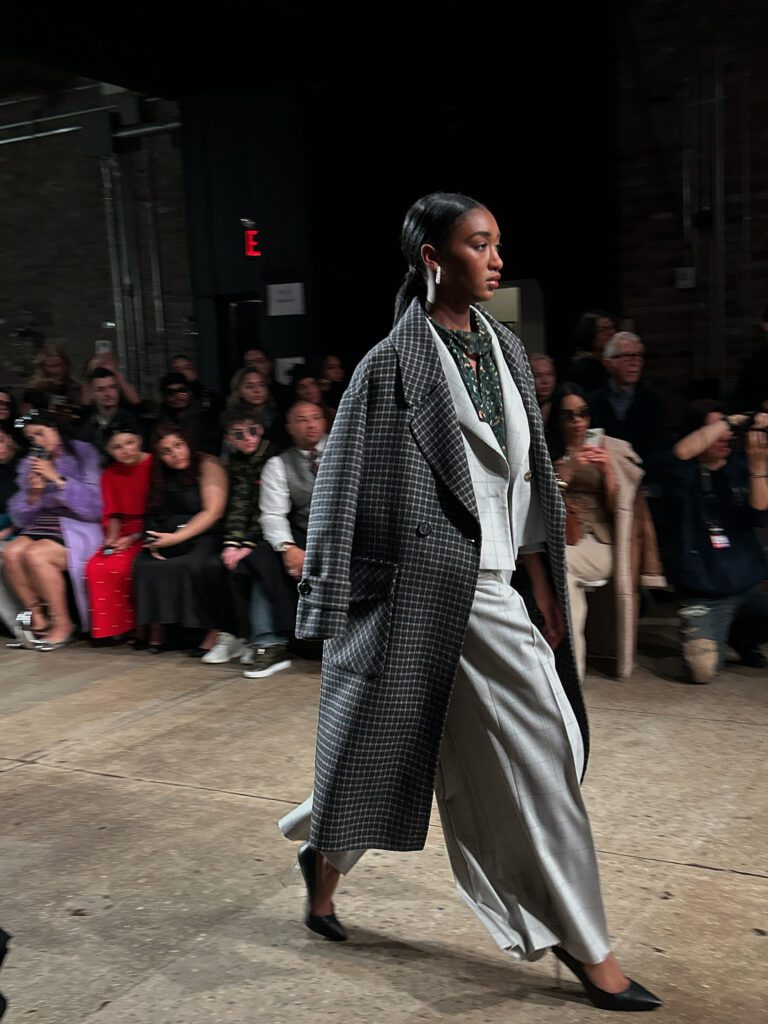The popularity of vintage and second-hand fashion has seen remarkable growth in recent years.
The global second-hand fashion market, valued at around $100 to $120 billion, has nearly tripled since 2020 and is projected to continue expanding. This surge is driven by a combination of factors, including affordability, sustainability, and the thrill of finding unique, high-quality pieces. For instance, brands like Levi’s, Gucci, and Chanel have become top sellers in the vintage clothing market.
Moreover, the rise of online marketplaces such as Depop, Poshmark, and Vestiaire Collective has made it easier for consumers to buy and sell pre-owned fashion. These platforms not only offer a wide variety of styles but also promote sustainable consumption by extending the lifecycle of clothing. Additionally, brands like Patagonia with its Worn Wear program and EILEEN FISHER with its resale program are leading the way in sustainable fashion by encouraging customers to trade in their used items for store credit.
The trend towards thrifting and upcycling is not just a passing fad but a significant shift towards a circular economy, reducing waste and promoting environmental responsibility. With the second-hand market expected to overtake fast fashion by 2029, it’s clear that vintage and second-hand fashion are here to stay.
NOSTALGIC FASHION
Nostalgic fashion refers to styles that evoke memories of past decades, often drawing inspiration from the 70s, 80s, and 90s. The rise of vintage and second-hand markets significantly contributes to this trend by making authentic pieces from these eras more accessible. This nostalgic appeal, combined with the unique charm of pre-owned clothing, fuels the desire for fashion that not only looks good but also carries a story. Consumers are increasingly drawn to the idea of owning a piece of history, making nostalgic fashion a key player in sustainable trends.
FASHION RENTING PLATFORMS
Fashion renting is another innovative trend gaining traction as consumers seek sustainable alternatives to traditional fashion consumption. Platforms like HUR, Rent the Runway, and MyWardrobeHQ offer a variety of clothing and accessories for rent, providing a cost-effective and eco-friendly way to enjoy fashion without the commitment of ownership. Renting clothes reduces the demand for new production, minimizes waste, and allows consumers to enjoy high-end fashion at a fraction of the cost. This model aligns perfectly with the principles of the circular economy, promoting reuse and reducing the environmental footprint of fashion.
The trends of vintage, second-hand fashion, and renting reflect a significant shift towards sustainable consumption practices. By choosing pre-owned items and opting for fashion rentals, consumers play a crucial role in extending the lifecycle of clothing and reducing waste. These practices support a circular fashion economy, where the focus is on reuse, recycling, and responsible consumption. As these trends continue to gain momentum, they offer a promising path towards a more sustainable and environmentally friendly future for the fashion industry.
Join the Club
Like this story? You’ll love our monthly newsletter.
Thank you for subscribing to the newsletter.
Oops. Something went wrong. Please try again later.






